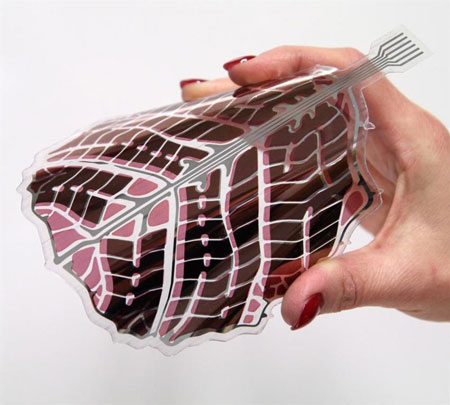 A new mass production method based on printing technologies allows the manufacturing of decorative, organic solar panels. Design freedom improves the range of applications of the panels on the surfaces of interior and exterior building spaces.
A new mass production method based on printing technologies allows the manufacturing of decorative, organic solar panels. Design freedom improves the range of applications of the panels on the surfaces of interior and exterior building spaces.
Jan 21st, 2015
Read more
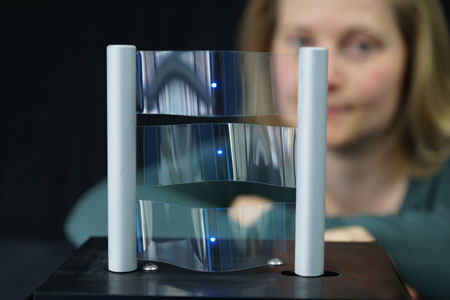 A new method enables electroluminescence on large, curved surfaces in a cost-effective way: in this case, the light-emitting layer and all other components are produced by means of wet-chemical, printable methods.
A new method enables electroluminescence on large, curved surfaces in a cost-effective way: in this case, the light-emitting layer and all other components are produced by means of wet-chemical, printable methods.
Jan 21st, 2015
Read more
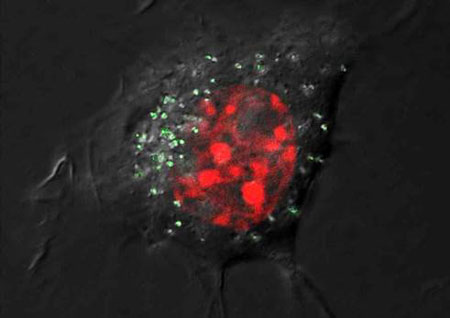 The use of colloidal silver to treat illnesses has become more popular in recent years, but its ingestion, prohibited in countries like the U.S., can be harmful to health. Scientists have now confirmed that silver nanoparticles are significantly toxic when they penetrate cells, although the number of toxic radicals they generate can vary by coating them with carbohydrates.
The use of colloidal silver to treat illnesses has become more popular in recent years, but its ingestion, prohibited in countries like the U.S., can be harmful to health. Scientists have now confirmed that silver nanoparticles are significantly toxic when they penetrate cells, although the number of toxic radicals they generate can vary by coating them with carbohydrates.
Jan 21st, 2015
Read more
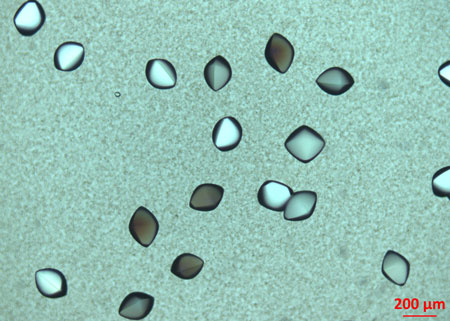 A major hurdle in structural biology and pharmacology is growing crystals to determine the structure of the biomolecules and pharmaceuticals under study. Researchers have now observed a key step in the nucleation and growth of some protein crystals.
A major hurdle in structural biology and pharmacology is growing crystals to determine the structure of the biomolecules and pharmaceuticals under study. Researchers have now observed a key step in the nucleation and growth of some protein crystals.
Jan 21st, 2015
Read more
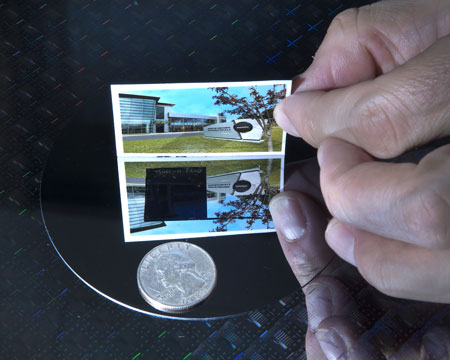 Nanostructured surface textures - with shapes inspired by the structure of moths' eyes - prevent the reflection of light off silicon, improving conversion of sunlight to electricity.
Nanostructured surface textures - with shapes inspired by the structure of moths' eyes - prevent the reflection of light off silicon, improving conversion of sunlight to electricity.
Jan 21st, 2015
Read more
 An international team of physicists has succeeded in mapping the condensation of individual atoms, or rather their transition from a gaseous state to another state, using a new method.
An international team of physicists has succeeded in mapping the condensation of individual atoms, or rather their transition from a gaseous state to another state, using a new method.
Jan 21st, 2015
Read more
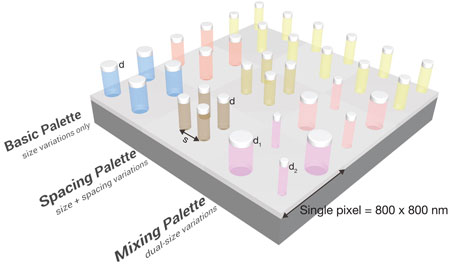 By varying the size and spacing of aluminum nanodisks, researchers generate images that contain over 300 colors and are not much wider than a human hair.
By varying the size and spacing of aluminum nanodisks, researchers generate images that contain over 300 colors and are not much wider than a human hair.
Jan 21st, 2015
Read more
Research probing the complex science behind the formation of dendrites that cause lithium-ion batteries to fail could bring safer, longer-lasting batteries capable of being charged within minutes instead of hours.
Jan 20th, 2015
Read more
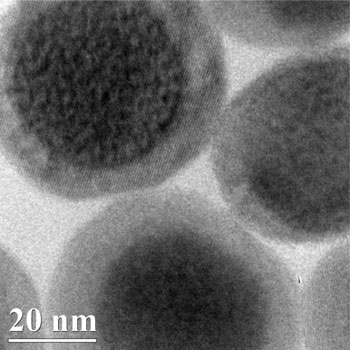 Tomorrow's doctors could use this technology to obtain a super-clear picture of patients' organs and tissues.
Tomorrow's doctors could use this technology to obtain a super-clear picture of patients' organs and tissues.
Jan 20th, 2015
Read more
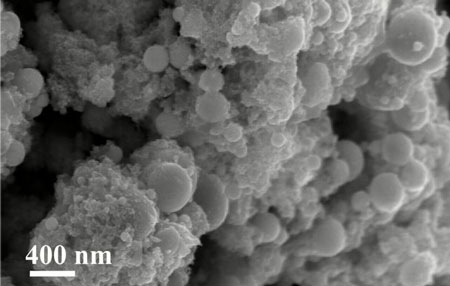 Hierarchical nano- and microstructures transform sheets of platinum, titanium and brass into light absorbing, water repelling, self-cleaning superstars.
Hierarchical nano- and microstructures transform sheets of platinum, titanium and brass into light absorbing, water repelling, self-cleaning superstars.
Jan 20th, 2015
Read more
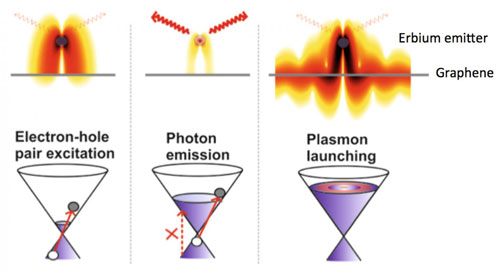 First signatures of graphene plasmons at telecommunications wavelength revealed.
First signatures of graphene plasmons at telecommunications wavelength revealed.
Jan 20th, 2015
Read more
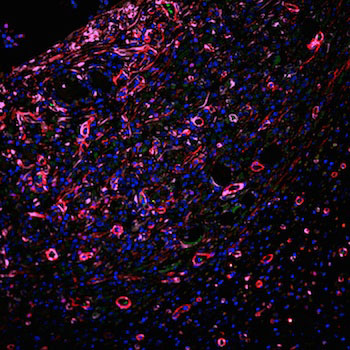 Researchers introduce improved injectable scaffold to promote healing.
Researchers introduce improved injectable scaffold to promote healing.
Jan 20th, 2015
Read more
The research demonstrates the opportunities and risks involved in using these innovative technologies in clinical practice.
Jan 20th, 2015
Read more
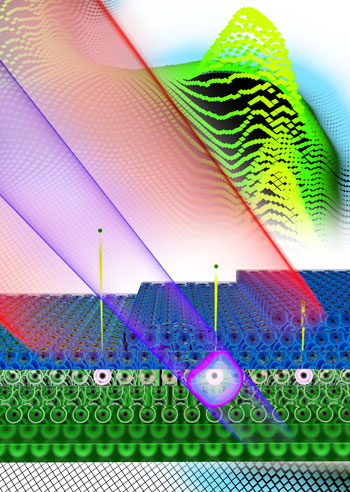 An international team of researchers has measured how fast an electron races through the atomic layers of a crystal lattice. The physicists used an extremely short laser pulse to time the speed: According to their measurements, the electron needs 40 attoseconds to pass through one layer of magnesium atoms.
An international team of researchers has measured how fast an electron races through the atomic layers of a crystal lattice. The physicists used an extremely short laser pulse to time the speed: According to their measurements, the electron needs 40 attoseconds to pass through one layer of magnesium atoms.
Jan 20th, 2015
Read more
The goal is to envision where your research is headed and explain how 'seeing' at the nanoscale is important to reaching that vision. This contest is for students conducting nanotechnology research in the United States and U.S. territories.
Jan 20th, 2015
Read more
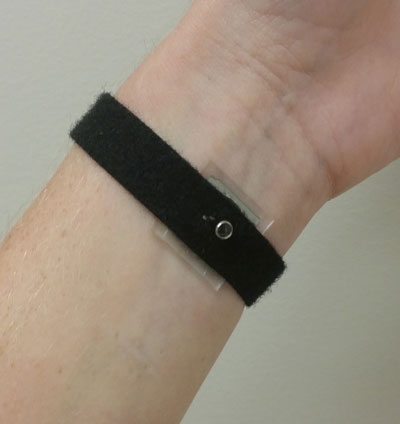 Researchers have developed a new, wearable sensor that uses silver nanowires to monitor electrophysiological signals, such as electrocardiography (EKG) or electromyography (EMG). The new sensor is as accurate as the 'wet electrode' sensors used in hospitals, but can be used for long-term monitoring and is more accurate than existing sensors when a patient is moving.
Researchers have developed a new, wearable sensor that uses silver nanowires to monitor electrophysiological signals, such as electrocardiography (EKG) or electromyography (EMG). The new sensor is as accurate as the 'wet electrode' sensors used in hospitals, but can be used for long-term monitoring and is more accurate than existing sensors when a patient is moving.
Jan 20th, 2015
Read more
 A new mass production method based on printing technologies allows the manufacturing of decorative, organic solar panels. Design freedom improves the range of applications of the panels on the surfaces of interior and exterior building spaces.
A new mass production method based on printing technologies allows the manufacturing of decorative, organic solar panels. Design freedom improves the range of applications of the panels on the surfaces of interior and exterior building spaces.












 Subscribe to our Nanotechnology News feed
Subscribe to our Nanotechnology News feed